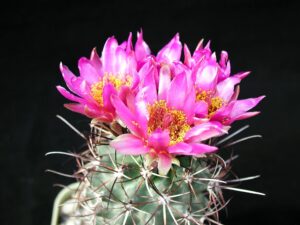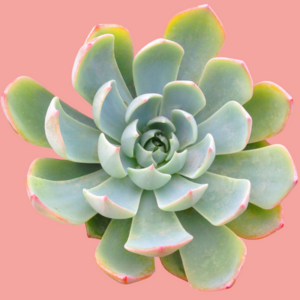Propagation of an Aloe Vera plant is akin to nurturing a small miracle—a botanical journey that transforms the humble parent plant into a verdant symphony of new life. Known for its myriad health benefits and ease of care, Aloe Vera is not just a resilient succulent; it holds stories of care and growth within its fleshy leaves. This guide will illuminate the path to successful propagation, allowing you to revel in the satisfaction that comes from nurturing these vibrant green sentinels of wellness.
The Lifeblood: Understanding Aloe Vera’s Unique Biology
Before embarking on this botanical quest, it is crucial to comprehend the biological vitality of Aloe Vera. This succulent, belonging to the Asphodelaceae family, thrives in arid climates, boasting a remarkable ability to store water in its leaf tissues. The fleshy leaves are not just aesthetic marvels; they function as reservoirs of hydration, facilitating its survival through drought. Aloe Vera reproduces through vegetative propagation, a natural strategy to create clones of itself, thereby ensuring the continuity of its lineage. This intrinsic ability is your gateway to cultivating new plants from an existing Aloe Vera—transforming one thriving specimen into a lush collection.
Harvesting the Offsets: The Art of Division
When an Aloe Vera plant becomes mature, it often rewards its caretaker with offsets, commonly known as pups. These small versions of the parent plant usually emerge at the base, creating a lush family of greenery. To begin this propagation, you will need a mature Aloe Vera that has been happily housed for at least a couple of years.
Start your journey by carefully removing the parent plant from its pot, a gentle operation reminiscent of unveiling a precious gem from its cradle. Shake off the excess soil, exposing the roots and allowing you to see the pups clearly. Using a clean, sharp knife, sever the pups from the main plant, ensuring that each pup possesses a healthy root system. This careful division is akin to a parent letting go; the planting of each pup is a leap into independence.
Once the pups are severed, you should let the cut end dry for a day or two to form a protective callus. This natural seal acts as a barrier against potential pathogens, a small but significant shield in the propagation battle. When ready, the pups can be relocated to new pots filled with well-draining cactus soil, creating environments that mimic their native habitats.
Creating a Sanctuary: Ideal Conditions for Growth
Having successfully planted your Aloe Vera pups, the next vital step is ensuring they thrive in their new sanctuary. Aloe plants flourish under the dappled sun—bright, indirect light is their forte. Overexposure to direct sunlight can scorch their tender leaves, transforming verdant green into a burnt sienna. Place your new Aloe in a location that captures gentle sunlight, or utilize grow lights if natural light is sparse.
Watering is another pivotal element in this propagation saga. Aloes are not fans of soggy feet; thus, it is crucial to allow the soil to dry out between waterings. A rough guideline is to water once a week during active growth (spring and summer) and reduce to bi-weekly in dormancy (autumn and winter). This careful attention to hydration mimics the ebb and flow of natural rainfall in their native deserts, fostering robust root systems.
Tending to Growth: Care and Maintenance for New Aloes
As the weeks unfold, you may notice the emergence of new growth in your Aloe pups. This burgeoning foliage signifies that your propagation efforts are bearing fruit—a testament to your nurturing spirit. To ensure your new plants reach their full potential, keep an eye out for common pests such as mealybugs and aphids. Regularly inspecting your plants helps identify any infestations early, allowing you to act swiftly and preserve the health of your green progeny.
Fertilization can also play a role in the flourishing of your Aloe plants. During the growing season, consider utilizing a diluted, balanced liquid fertilizer once a month. This nutrient boost can enhance growth and encourage the development of vibrant, strong plants. Think of it as providing a sumptuous feast to invigorate the tiny lives that you are cultivating.
Propagation is a rewarding endeavor that extends beyond the act of creating new plants. It is a reflection of patience, care, and the profound relationship one can develop with nature. As you witness your Aloe Vera pups transform into flourishing plants, take a moment to appreciate the intricate dance of life unfolding before you. Each new leaf is not just a testament to your efforts, but an invitation to continue exploring the wonders of nature’s bounty.





Leave a Comment